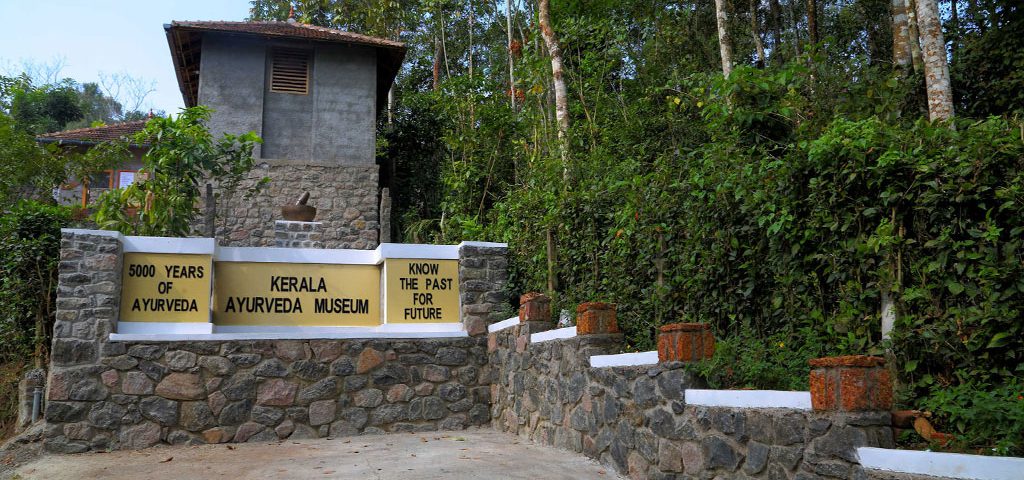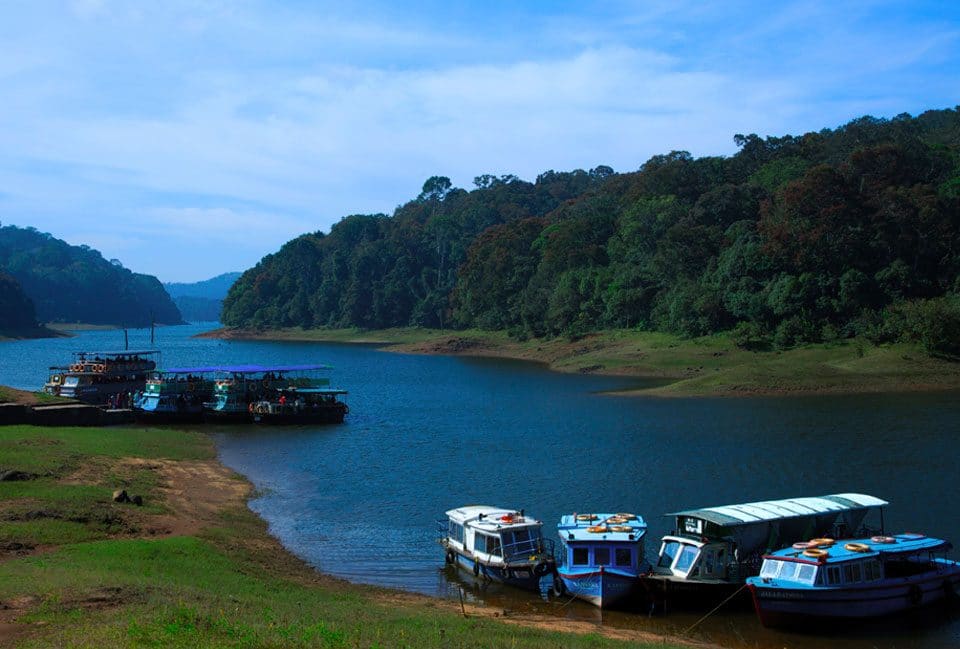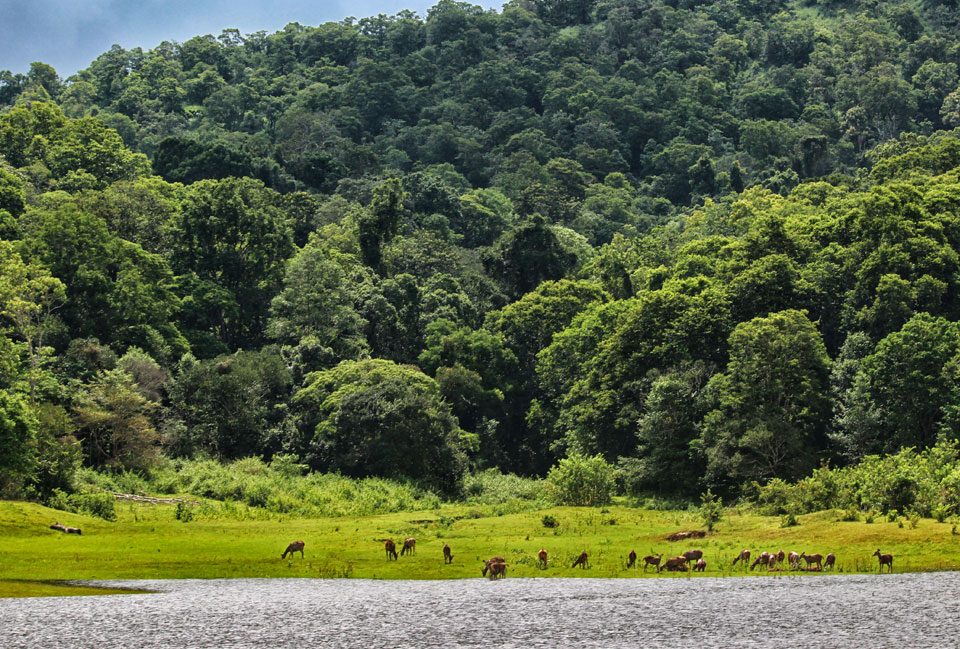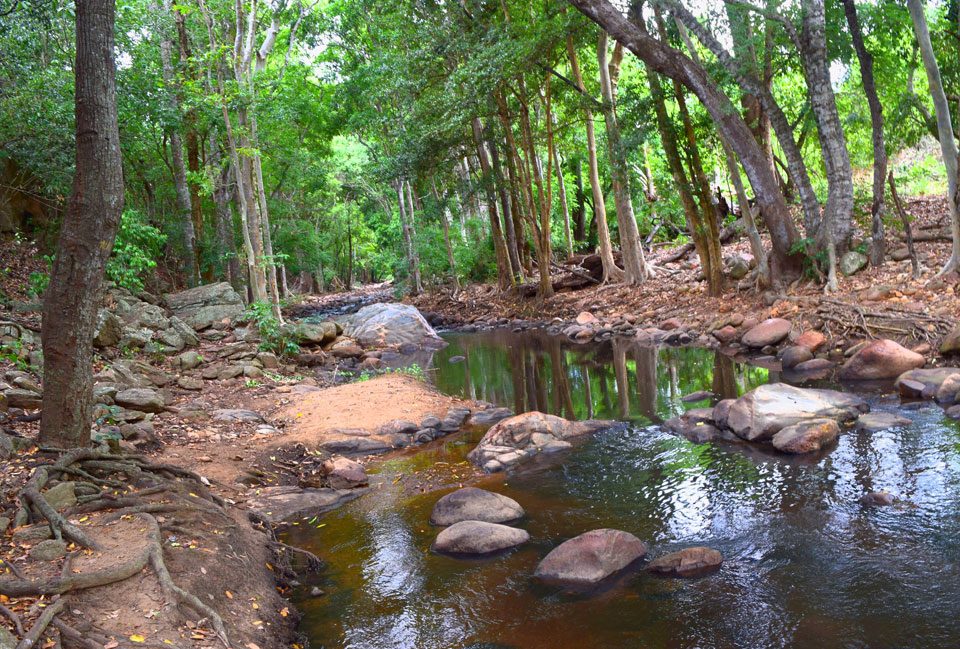
Thekkady
Marzo 4, 2019
Find Exclusive Luxury Pool Suites in Kerala!
Settembre 22, 2019The Kerala Ayurveda Museum, popularly known as ‘Angadipetty’ has been drawing the attention of Ayurveda enthusiasts all over the world for quite some time. What is Angadipetty and what does it have to offer – would be a question to ask aptly at this time.
Located near Thekkadi, Kumily, where the Periyar national park- one of the most important tourist attractions of Kerala is situated, Angadipetty aims to help one get a through and through knowledge of Ayurveda. Being a traditional branch of medicine that dates back its practices to 5000BC, there aren’t many places for one to go and understand it at its core. At this juncture, the vast sources of information that have been collected and put on display at Angadipetty becomes significant.
About the beginning of Angadipetty
The term Angadipetty refers to a rectangular wooden box designed to help one store Ayurveda herbs for long term use. The herbs are stored in small pouches in the box. People in the olden days used to have their own Angadipetty for personalized health care. The choice of the term Angadipetty therefore is incredibly appropriate for an Ayurveda museum that aims to provide one with authentic information about the Ayurveda healthcare practices. The museum was started in 2017 by Mrs. Jessy Mathew, a retired Botany professor and her husband Dr. Jacob Thomas, Head of the Department of Ayurveda at Sree Sankarachayra University of Sanskrit, Kalady. The vast knowledge both of them have in their own fields should help one realize how authentic and credible this museum can be.
Built in 800 sq ft area, Angadipetty is featured with descriptive visuals, models and a herbarium. The displays are intelligently classified into 18 sections and set in a logical order to help one take a short trip across Ayurveda, understanding all its relevance, growth, excellence, versatility and holistic nature. Some of these sections are Ayurveda ethics and codes, native medicines, Asthanga Ayurveda and world surgical mastery.
Besides these, one can take a closer look at the different types of traditional tools used for the preparation of Ayurveda medicines, palm leave texts that date back to centuries, surgery tools and materials, traditional Ayurveda utensils, medicinal fabric etc. A lion’s share of the compound of the museum is being used for planting the herbs. As many as 180 herbs are planted and looked after here, among these 30 are procured from the tribes and are scientifically documented. Prof. Jessy Mathew and Dr. Jacob Thomas say they aim to increase the number of herbs to at least 250 and have all of them scientifically documented as their next immediate goal.





